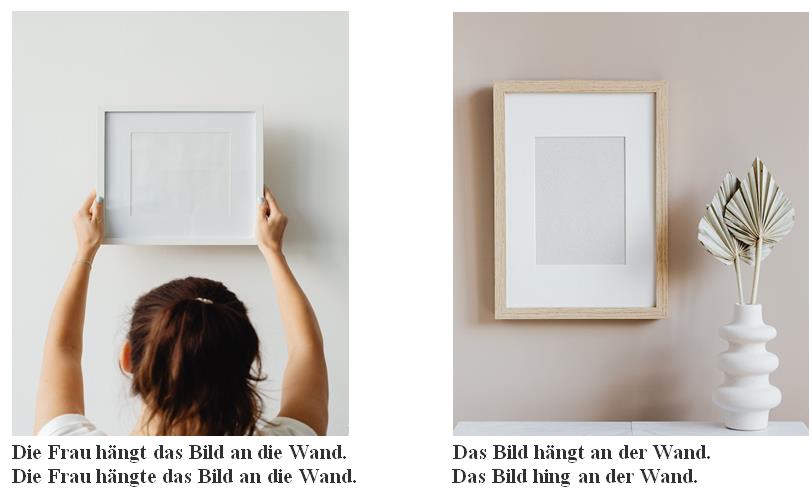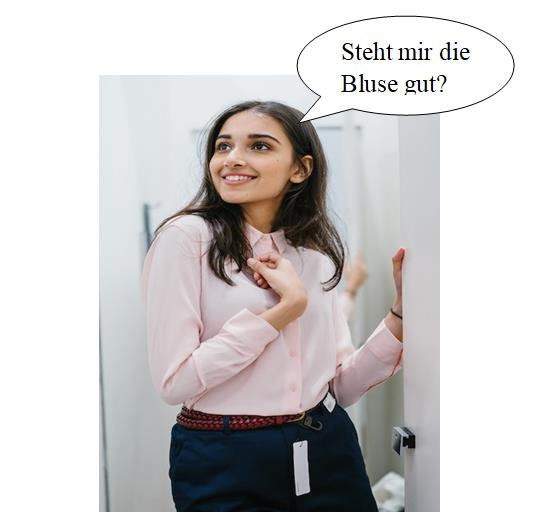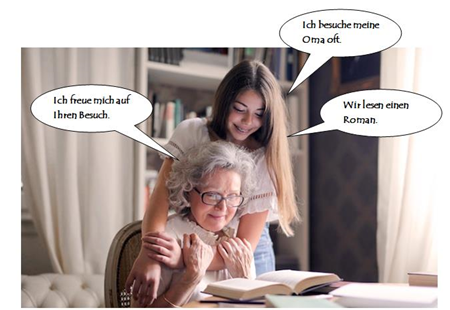In the Supermarket – Learn German through Shopping (A1 German for Beginners)
Learn German through everyday situations! This lesson, designed for beginners (A1 level), will help you master the basic German vocabulary and phrases necessary to navigate a supermarket. You will learn…







